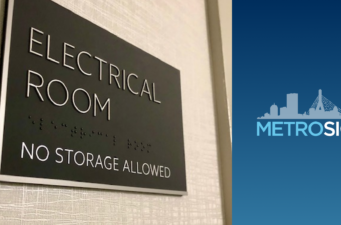
“We’re opening in two weeks, but we forgot we need a sign. Can you help us?”—A question we hear all too often. Most business owners focus on location, setup, and marketing, but the sign permit often becomes an afterthought—until it’s a problem. Your sign is more than just a marker; it’s your first impression, your brand’s visibility, and a key to attracting customers. But there’s a catch: signage must meet local regulations. Skipping the permitting process can lead to costly fines, delays, or even removal orders. In New England’s historic towns, the process gets even more complicated with strict zoning laws and design restrictions. This guide will ensure your signage is not just eye-catching but fully compliant—so you can open

Have you ever considered how something as simple as a sign can affect someone’s ability to experience the world? The truth is, most businesses don’t ask themselves these questions until it’s too late. Imagine a potential customer saying, “I don’t know what your business is about, I can’t see your logo!” For individuals with disabilities, these seemingly minor details can make it difficult—if not impossible—to make them customers. In fact, non-compliance with accessibility standards can cost your business hundreds of thousands in fines. For example, did you know that something as simple as mounting your interior signage below the recommended height could result in a $75,000 fine? In this blog, we’ll explore what ADA-compliant signage is, the four key steps